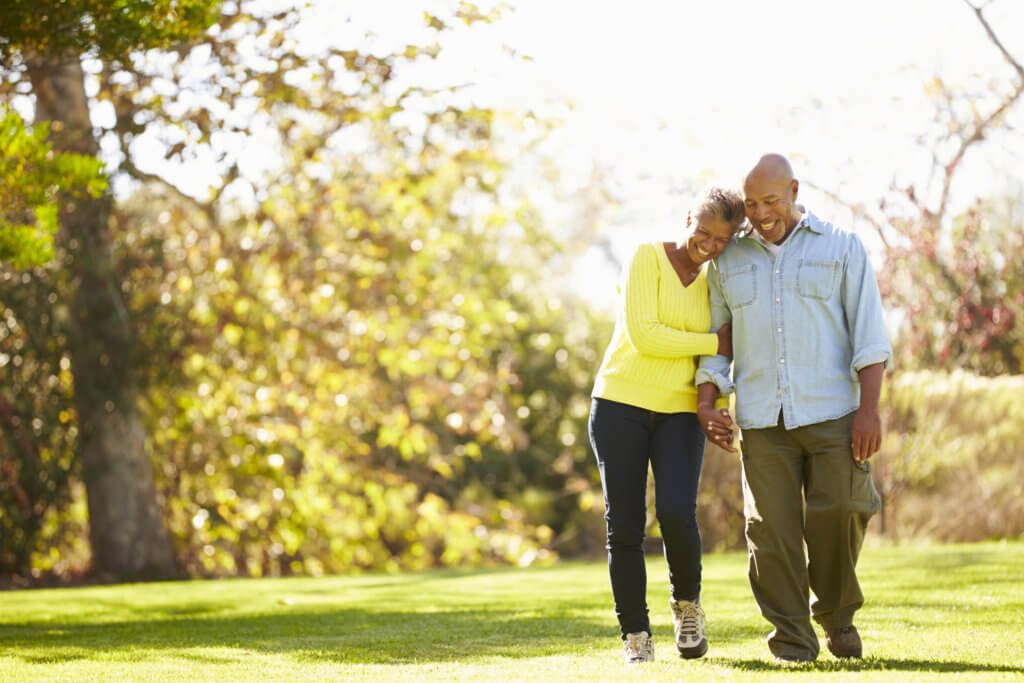KUOPIO, Finland — Spending time in nature, whether in a park or an urban community garden, may be the perfect prescription to help urban residents cut their prescription drug usage. Researchers in Finland have found that visiting green spaces rather than looking at them from a distance helped city dwellers to lower their use of prescription medications for depression, anxiety, insomnia, high blood pressure, and asthma.
According to the study authors, previous research has shown a connection between good health and natural environments, but the evidence remains inconsistent. The recent study examined which factors drive better health outcomes. Some of the variables they considered were how many times people visited green spaces, how much green space or blue space (water) was available, and whether viewing green spaces from home had the same effect.
Researchers used prescription medications as an indicator of poor health for people with conditions such as anxiety, depression, and high blood pressure. They used survey responses from 16,000 randomly selected residents from three urban areas of Finland between 2015 and 2016. Each city dweller was at least 25 years of age and reported visiting nearby green and blue spaces.
What counts as a ‘green’ space?
The study defined green areas as any forests, gardens, parks, castle parks, cemeteries, zoos, natural grasslands, and wetlands. Blue areas included seas, lakes, and rivers.
Each participant reported on their use of prescribed medications for high blood pressure, asthma, and psychotropic drugs and how long they used them. They also reported how long they spent exercising outdoors in green spaces from late spring to early fall. Lastly, the respondents revealed whether they could see green or blue spaces from any of their windows at home and, if so, how frequently they looked outside.
Other factors influencing the results, such as personal health behavior, outdoor air pollution, noise, household income, and educational level, were also taken into account by the research team. Of the 16,000 original survey respondents, 6,000 met the criteria to be included in the final analysis.

Researchers found the amount of nearby residential green and blue spaces or views of them from home made no difference in prescription medication use. However, the number of times a person physically visited a green space did make a positive impact on their health.
People who visited green spaces three to four times a week had a 33-percent decreased use of mental health medication, a 36-percent lower chance of using blood pressure medicine, and a 26-percent drop in the use of asthma medicine in comparison to those who visited nature spaces less than once a week. People who visited these places five times a week saw their usage of mental health, blood pressure, and asthma drugs drop by 22, 41, and 24 percent, respectively.
You might also be interested in:
- Big pharma has no way of justifying sky-high prices on prescription drugs, study explains
- Get closer to nature: Living within half mile of blue, green spaces improves brain health
- Walking through nature can help older adults live longer, find purpose in life
Is nature the only thing determining prescription drug use?
Since this was an observational study, study authors note that they could not control for some factors, which makes it harder to definitively say that visiting green spaces directly lowers prescription drug use. For example, a person’s weight can affect a person’s use of asthma medication. Obesity has a long-established link to risk factors for asthma. While a person’s household income and educational level did not affect the final study results, the researchers did observe that people who made less than $32,000 appeared to enjoy greater health benefits after visiting green spaces.
“Mounting scientific evidence supporting the health benefits of nature exposure is likely to increase the supply of high quality green spaces in urban environments and promote their active use. This might be one way to improve health and welfare in cities,” the study authors conclude in a media release.
The study is published in the journal Occupational and Environmental Medicine.

